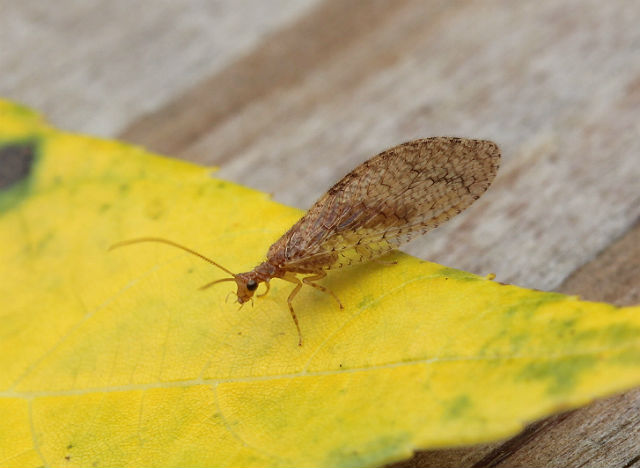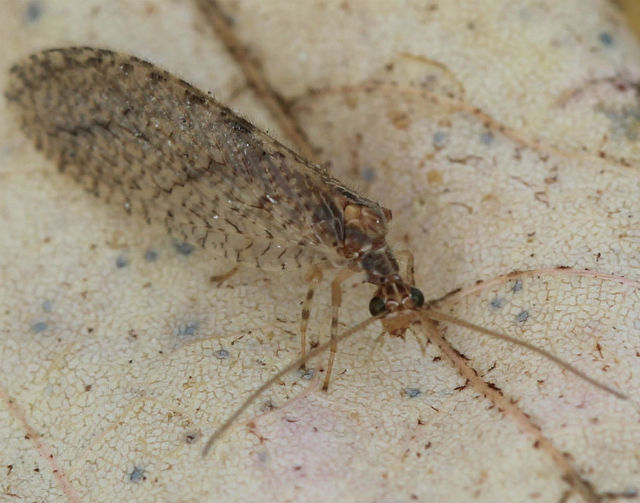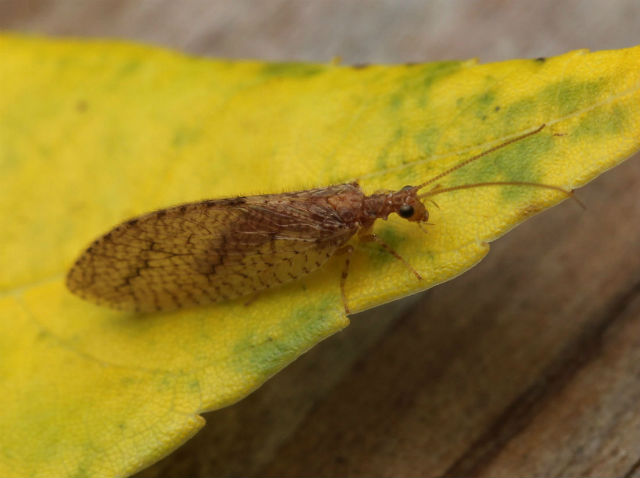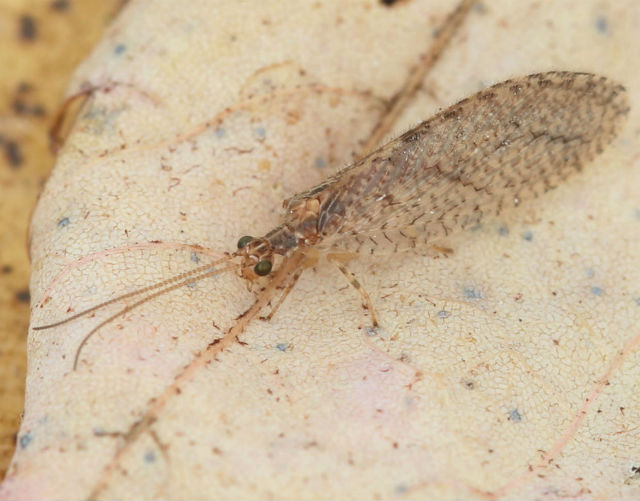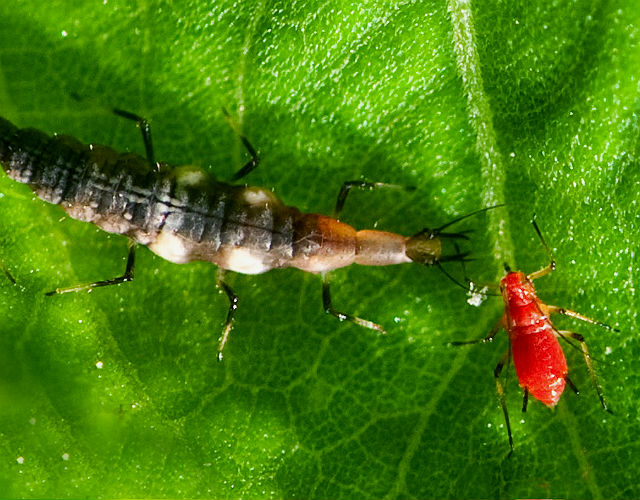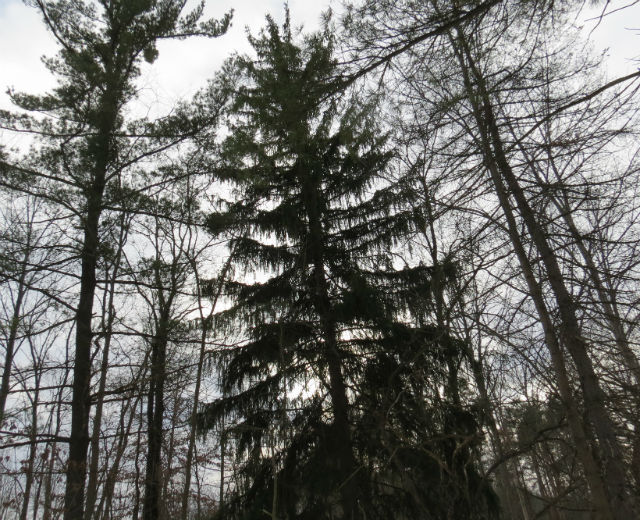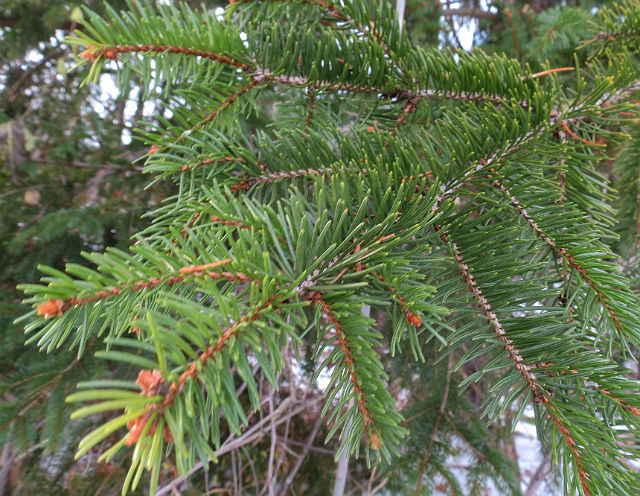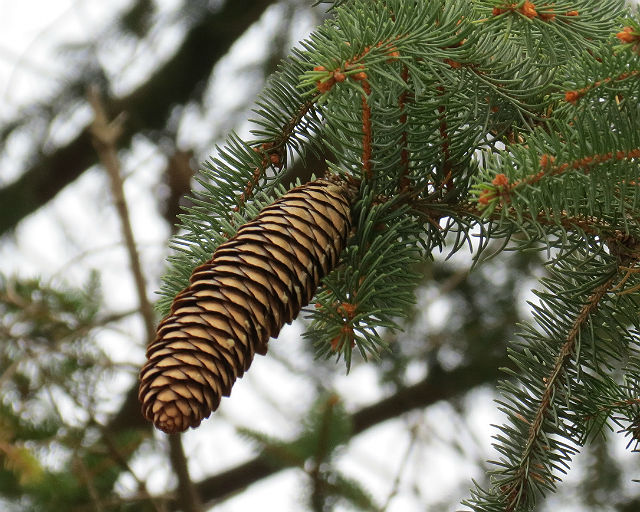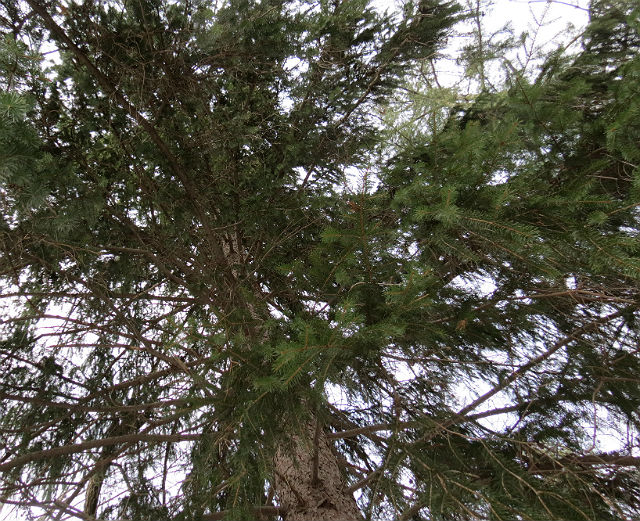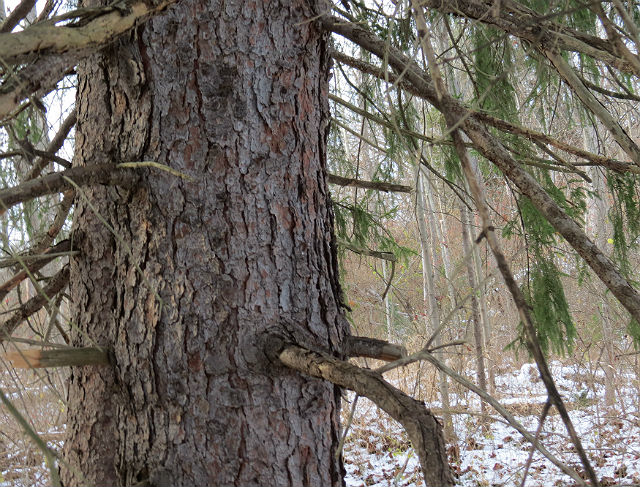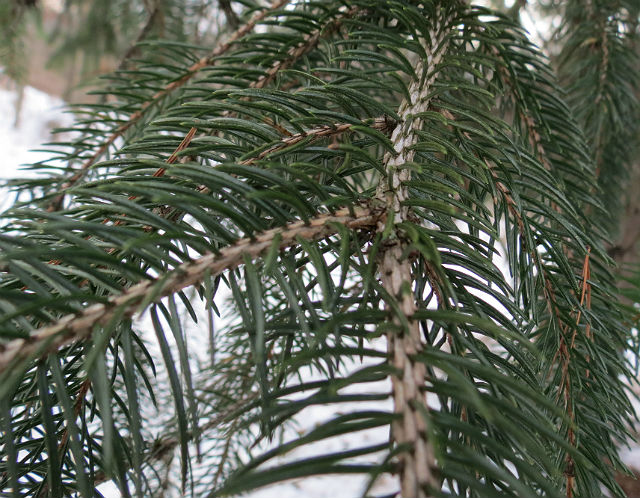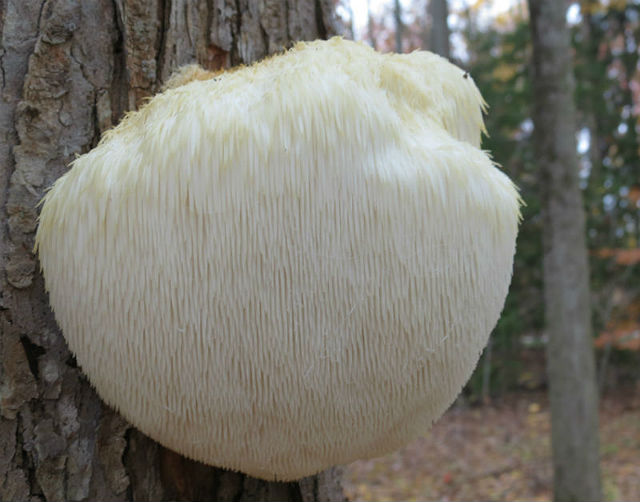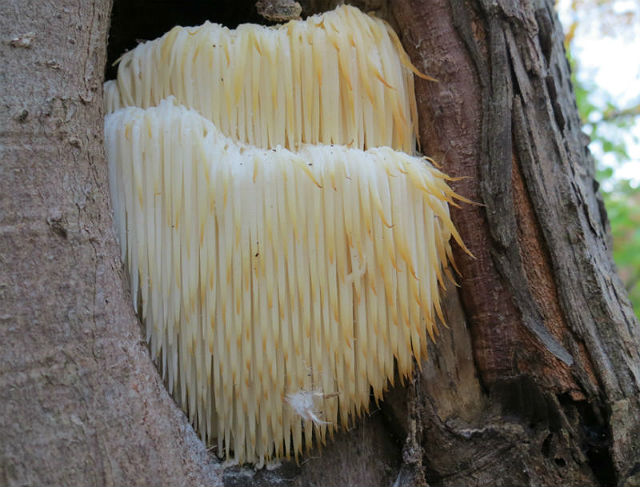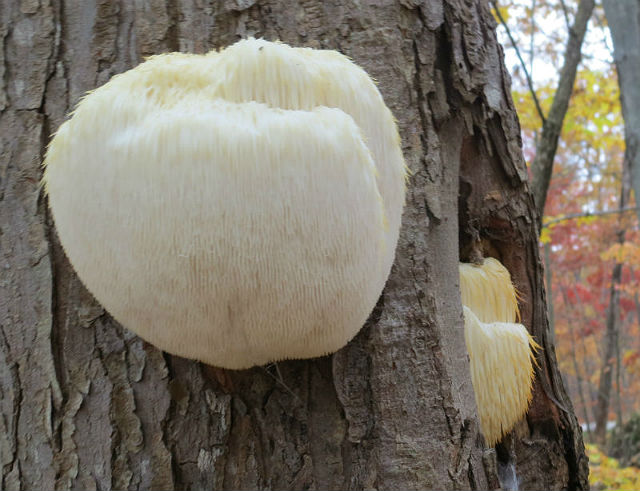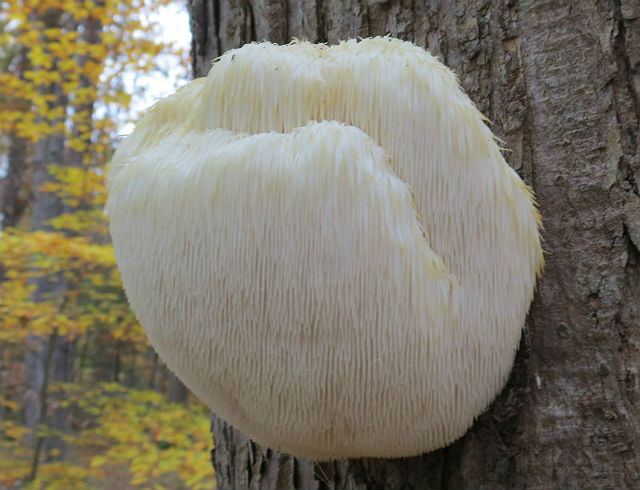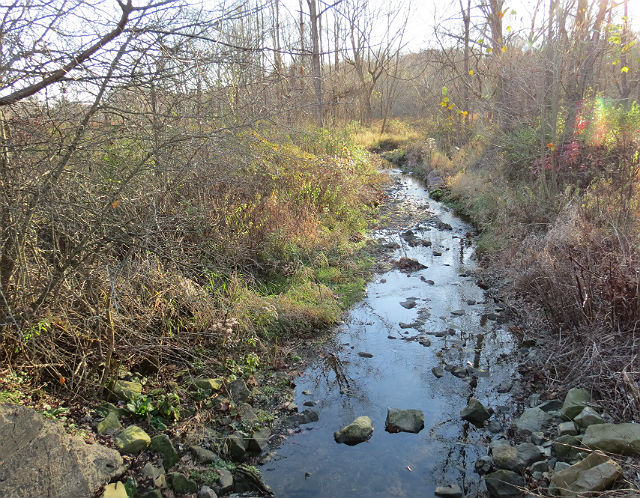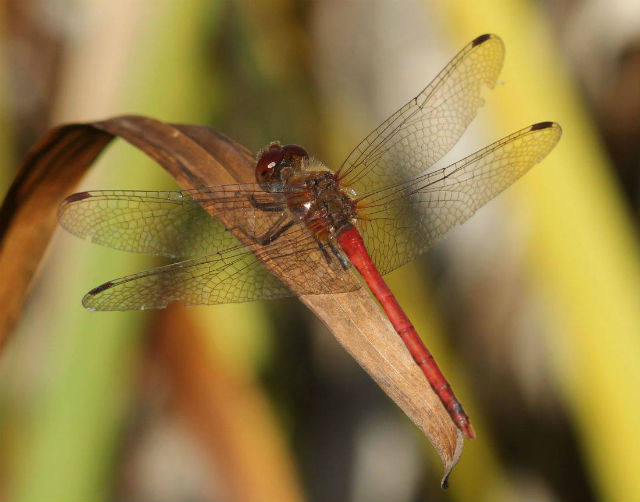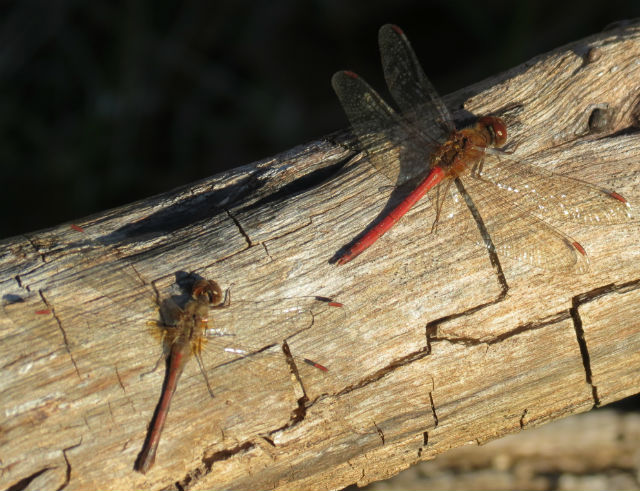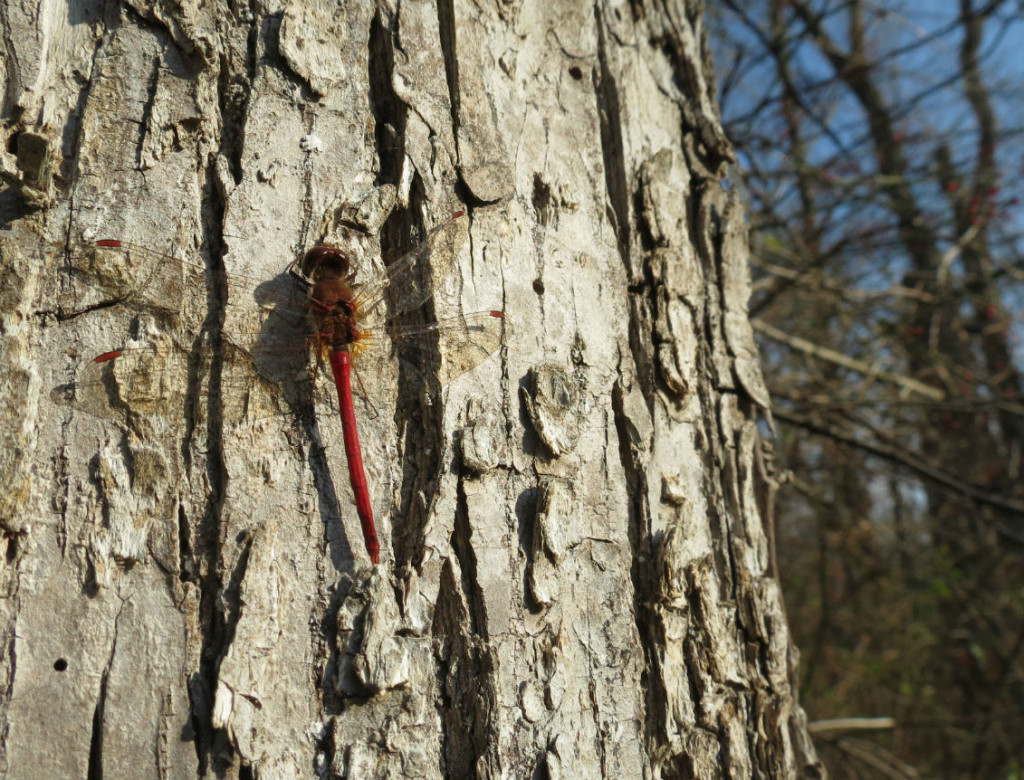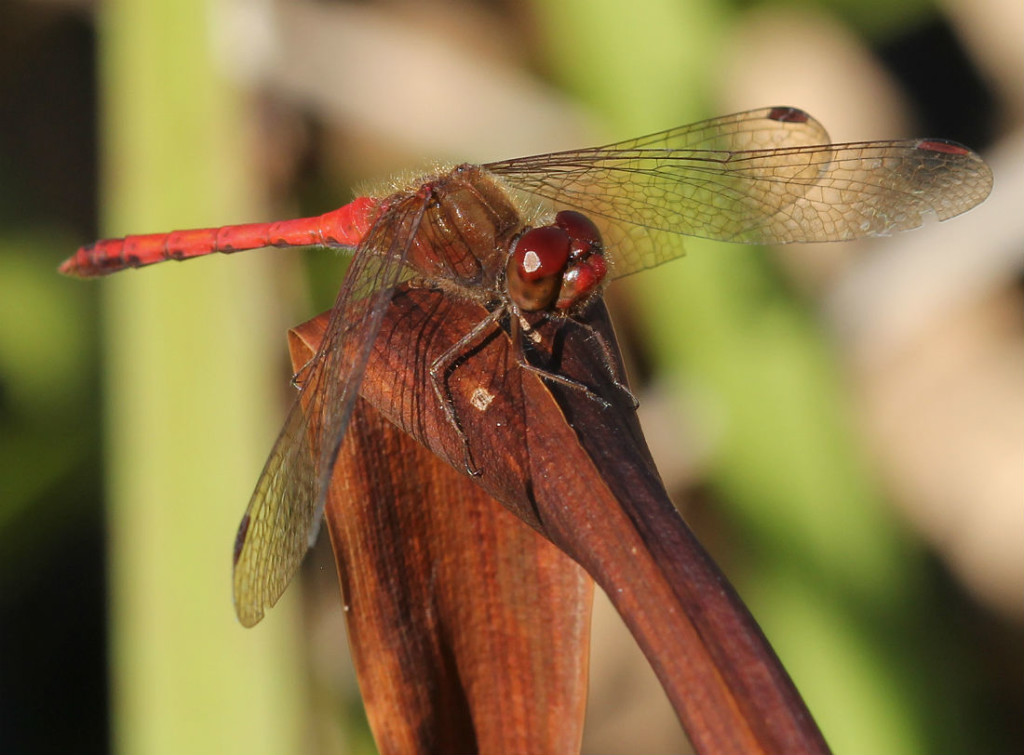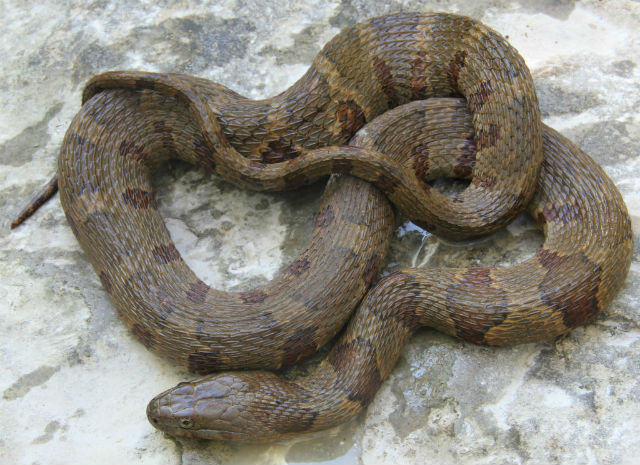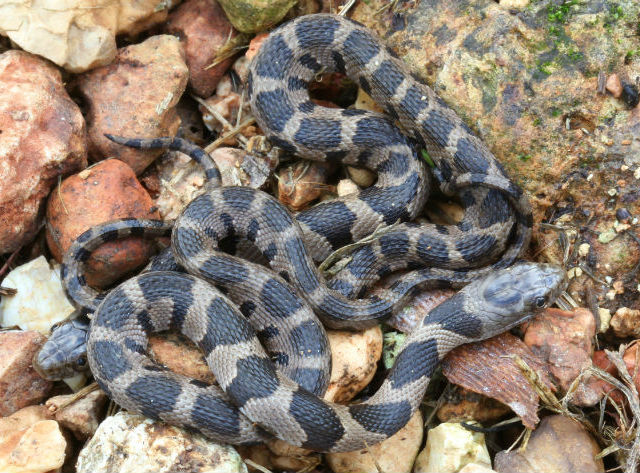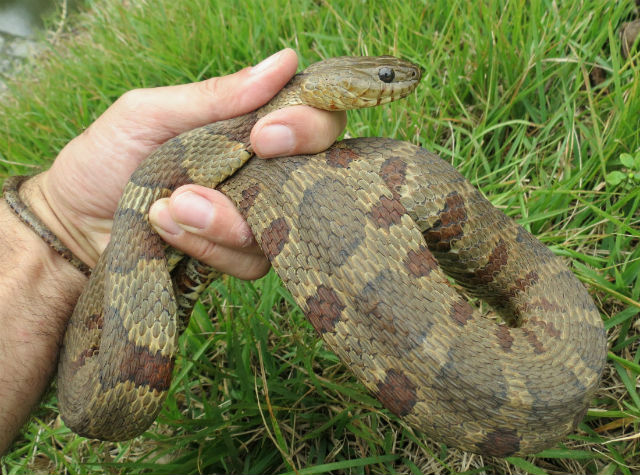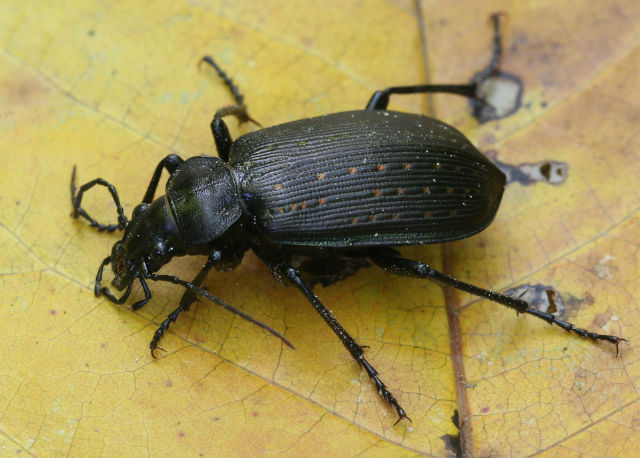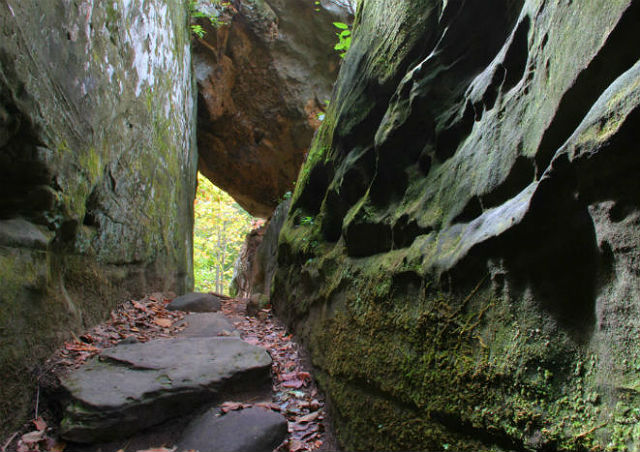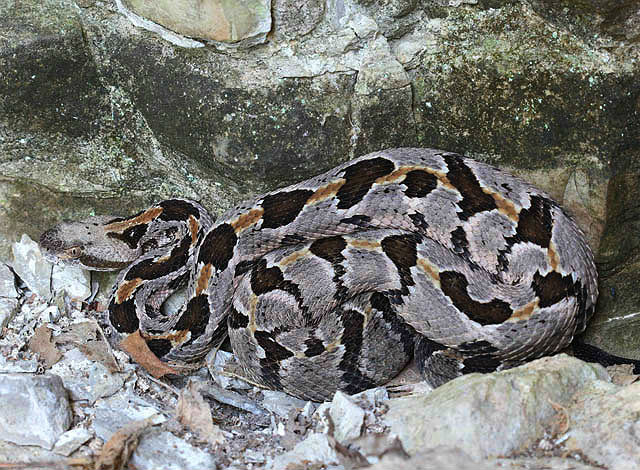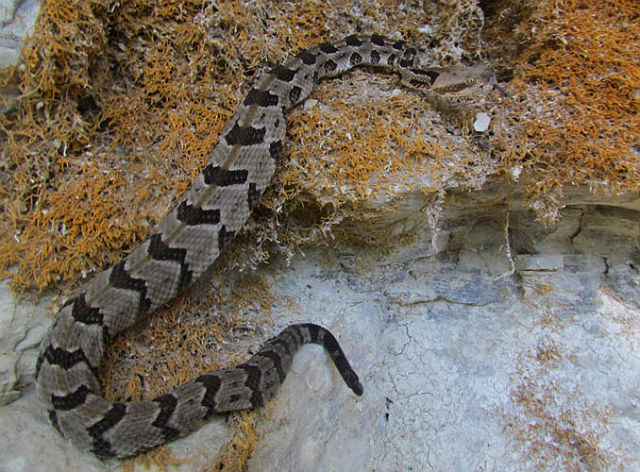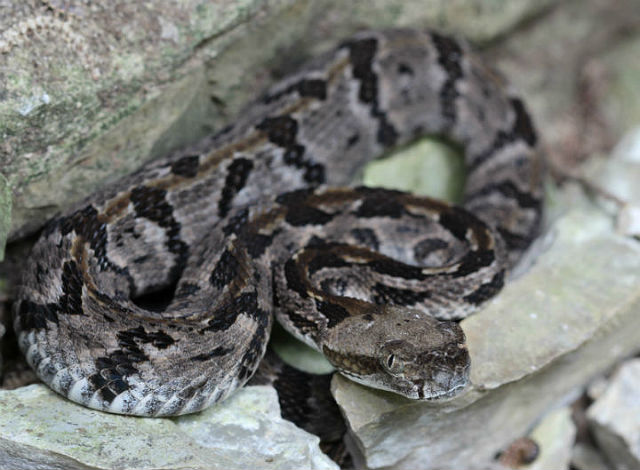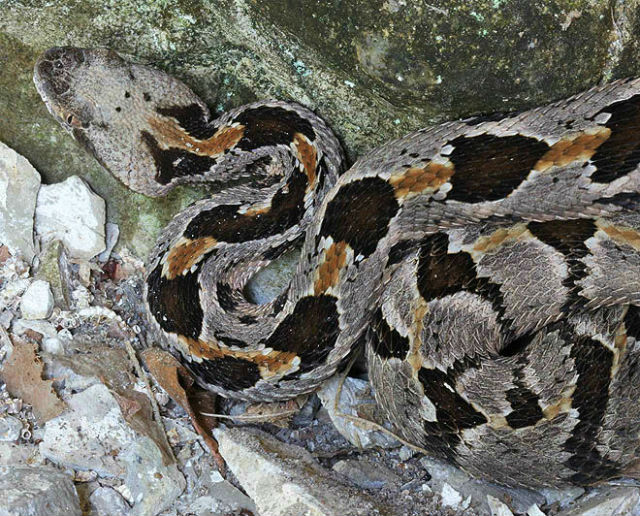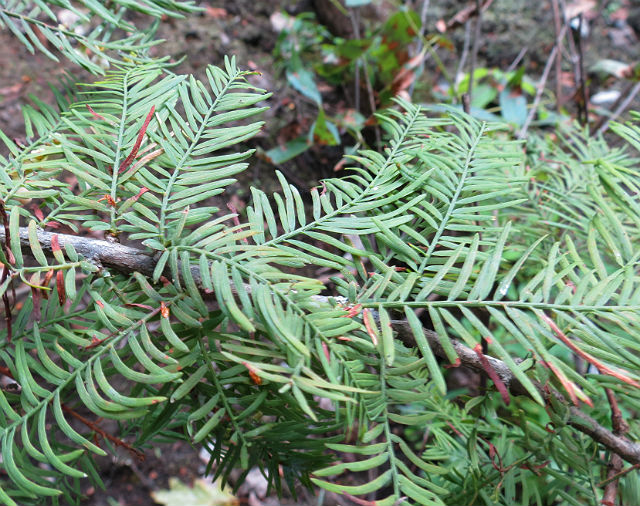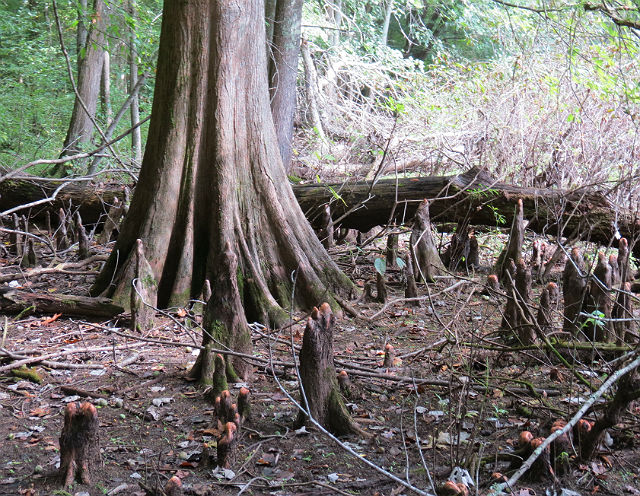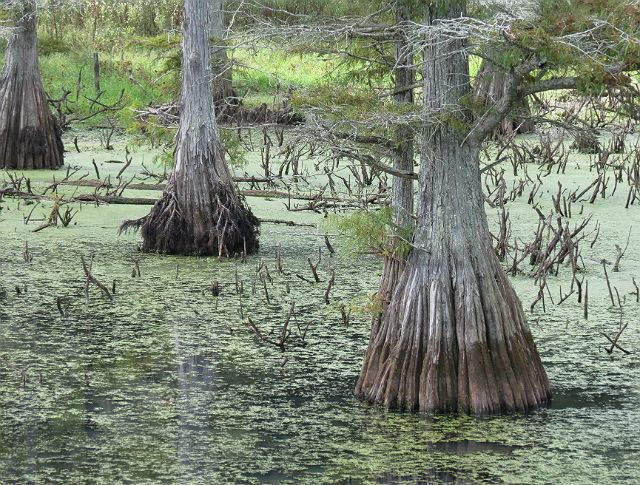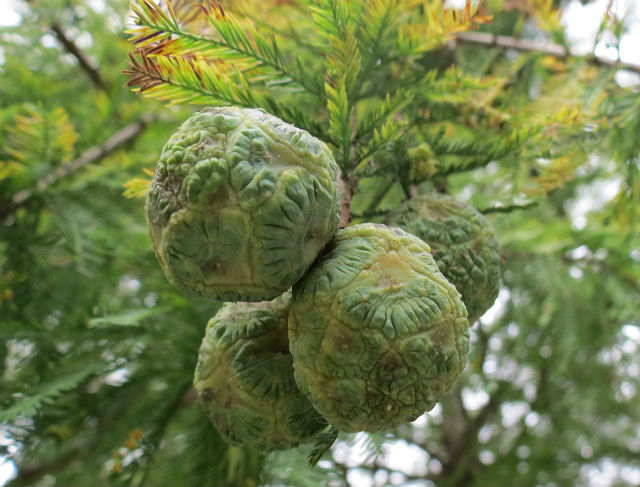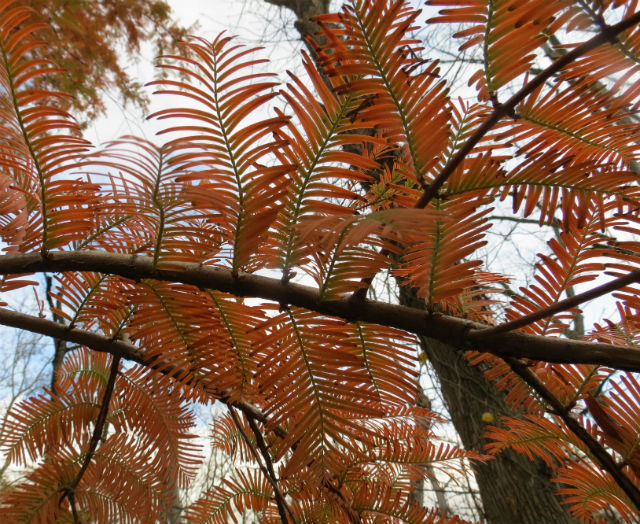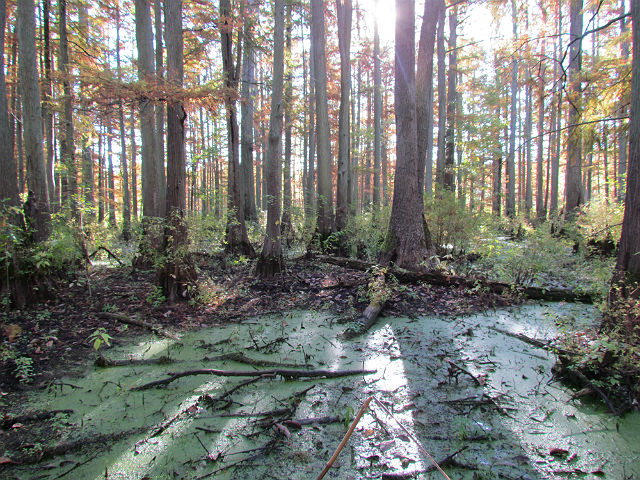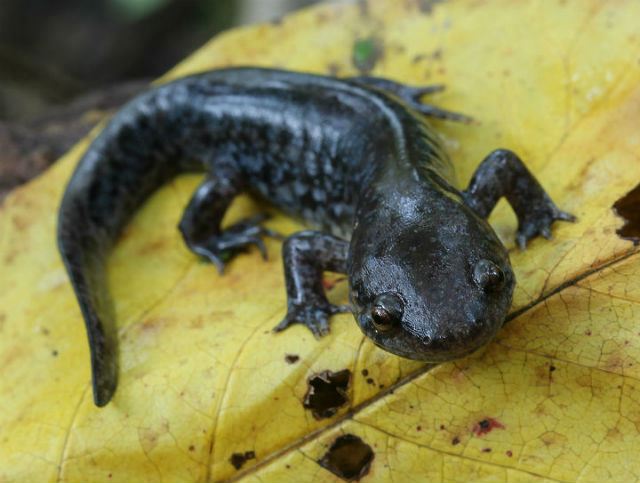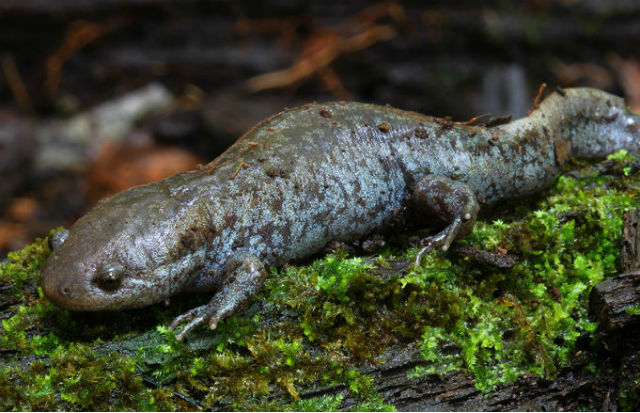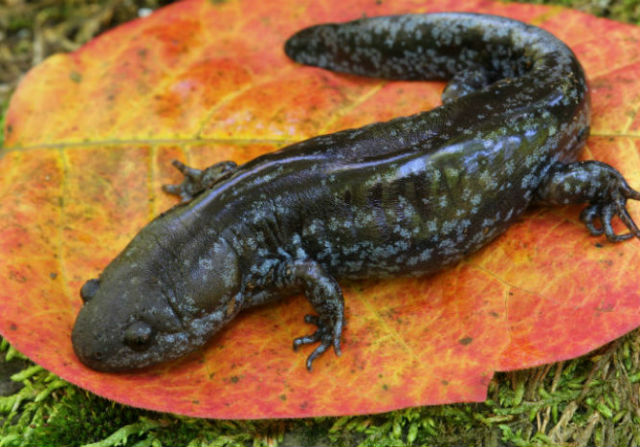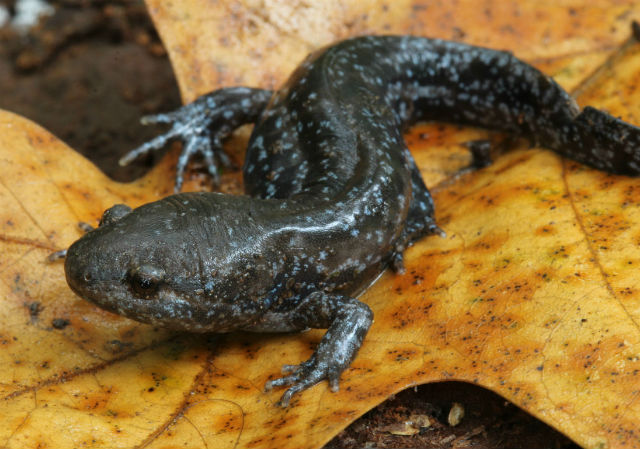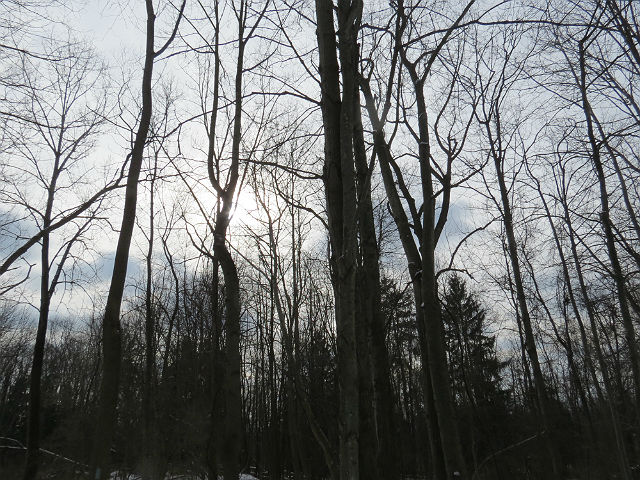
As one of the loudest and most colorful birds of eastern backyards and wooded areas, the Blue Jay is one of our easiest birds to identify. Intelligent and adaptable, it often visits bird feeders.
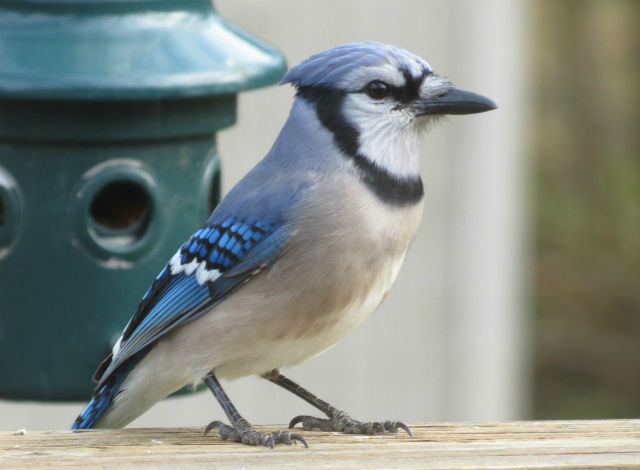
The Blue Jay mainly feeds on nuts and seeds such as acorns. At feeders it seems to favor peanuts (the individuals that visit our house also like popcorn). Like squirrels, this bird is known to hide nuts for consumption later.
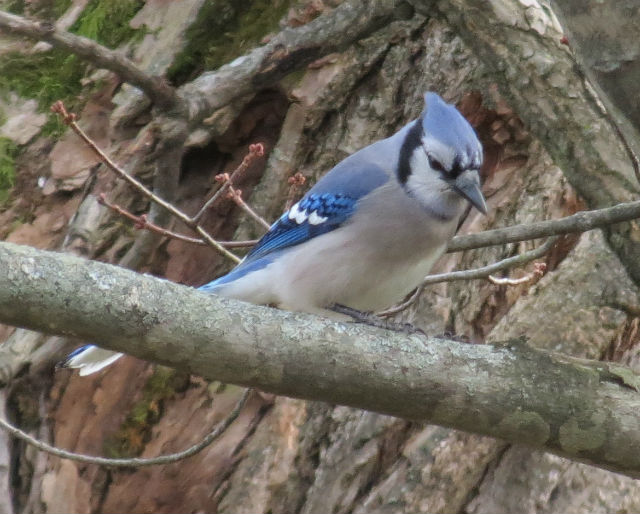
It breeds in both deciduous and coniferous forests, and is common near and in residential areas. One Summer I even had this Blue Jay nest with three babies in my front yard.
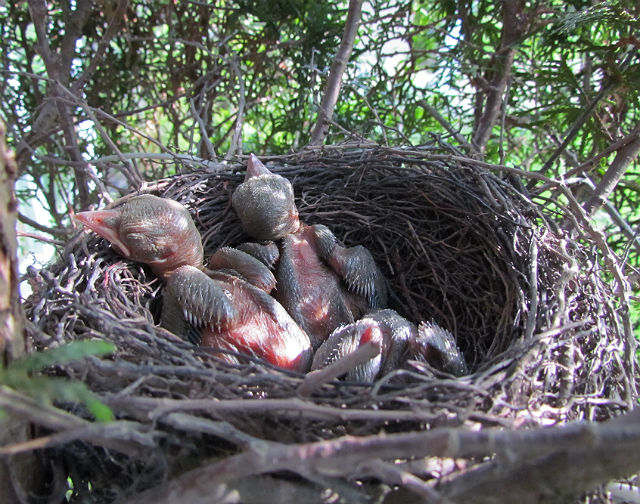
The nest tends to be cup-shaped and composed of twigs, small roots, bark strips, moss, other plant material, as well as cloth and paper. There are usually between 3 to 6 eggs laid, which are incubated for about 17 days. The young fledge 3 weeks after hatching.
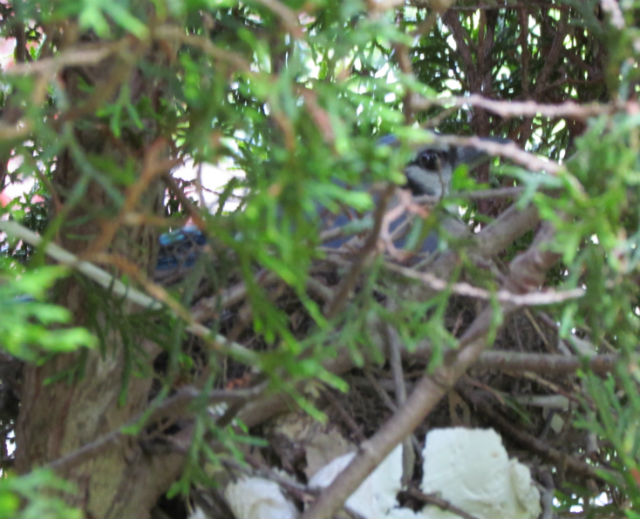
The Blue Jay frequently mimics the calls of hawks, especially the Red-shouldered Hawk. These calls may provide information to other jays that a hawk is around, or may be used to deceive other species into believing a hawk is present.
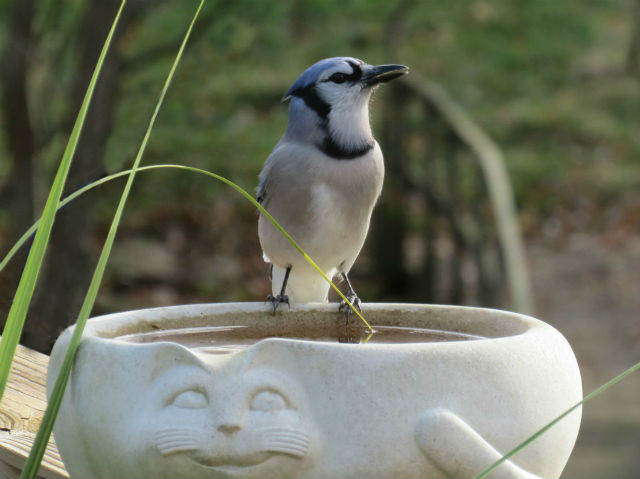
Like a Cardinal, the Blue Jay features a feathered crest on the head, which may be raised or lowered according to its mood. When excited or aggressive, the crest is raised. When the bird is feeding among other jays or resting, the crest is flattened on the head.
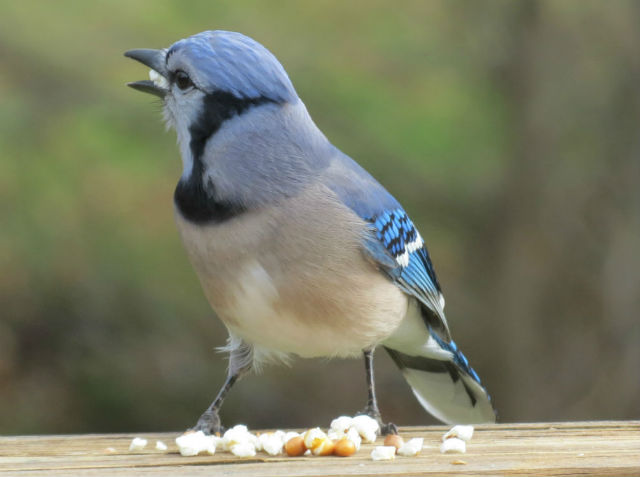
The Blue Jay occupies a variety of habitats within its large range, from the pine woods of Florida to the spruce-fir forests of northern Ontario. It is less abundant in dense forests, preferring mixed woodlands with oaks and beeches; I often see them when visiting Metroparks here in Ohio.
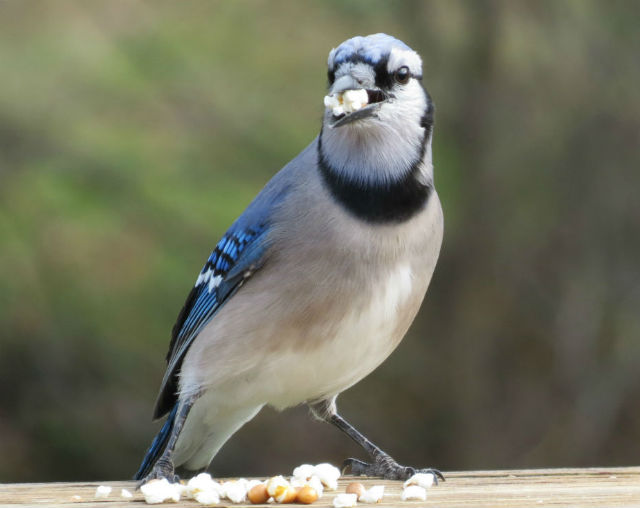
This bird is well adjusted to human activity, occurring in parks and residential areas, and can adapt to a lack of trees with relative ease if human activity creates means food and shelter for the Blue Jays to use as resources. Its perky crest; blue, white, and black plumage; and noisy calls make the Blue Jay a unique and welcome visitor.
Third Eye Herp
E-mail

